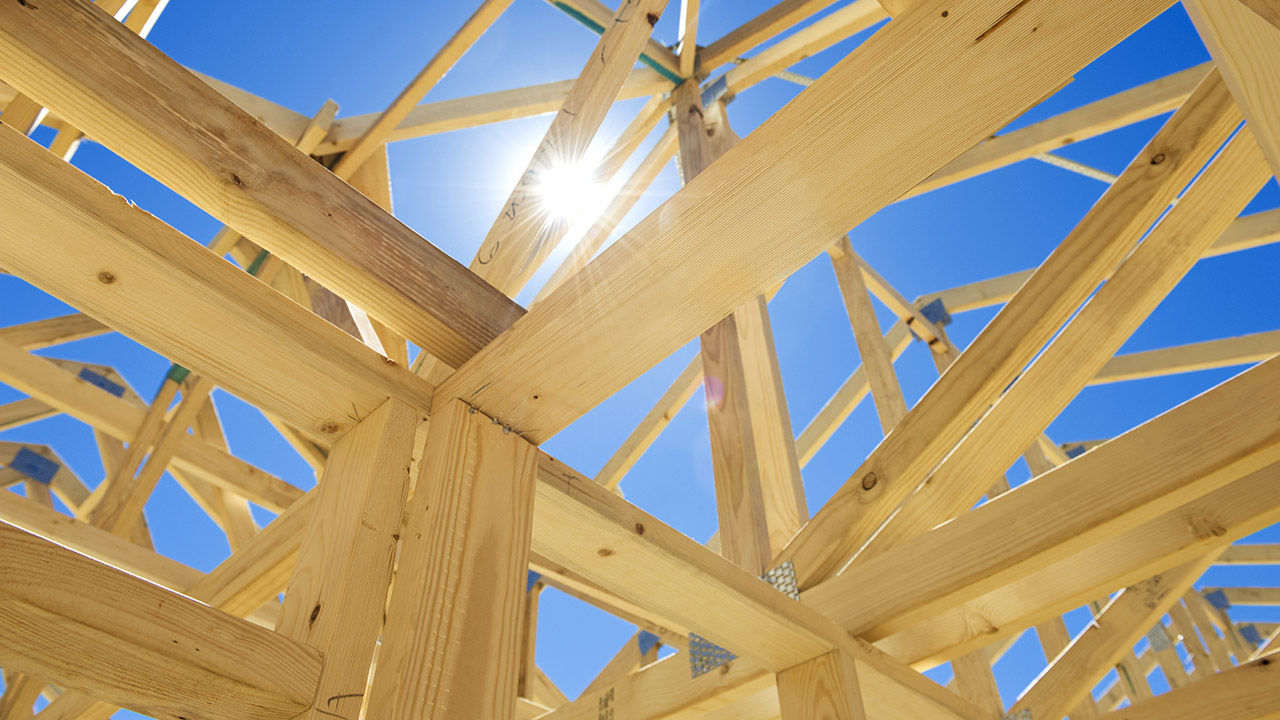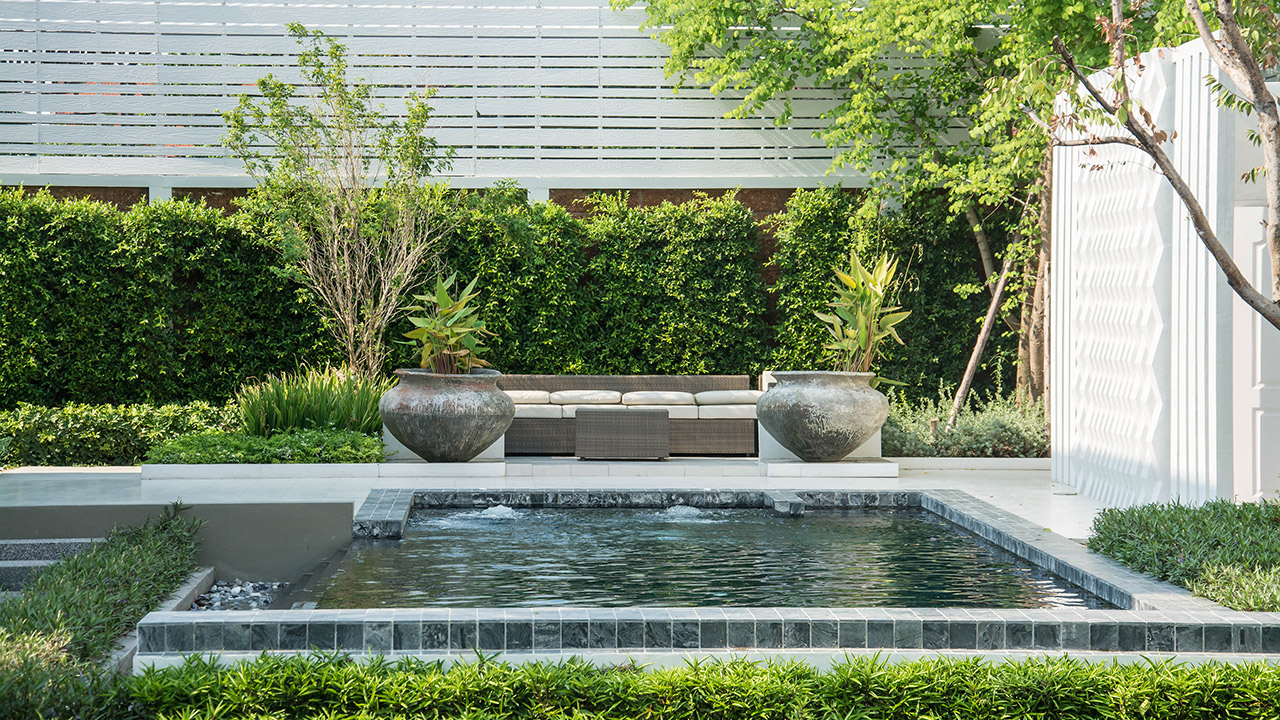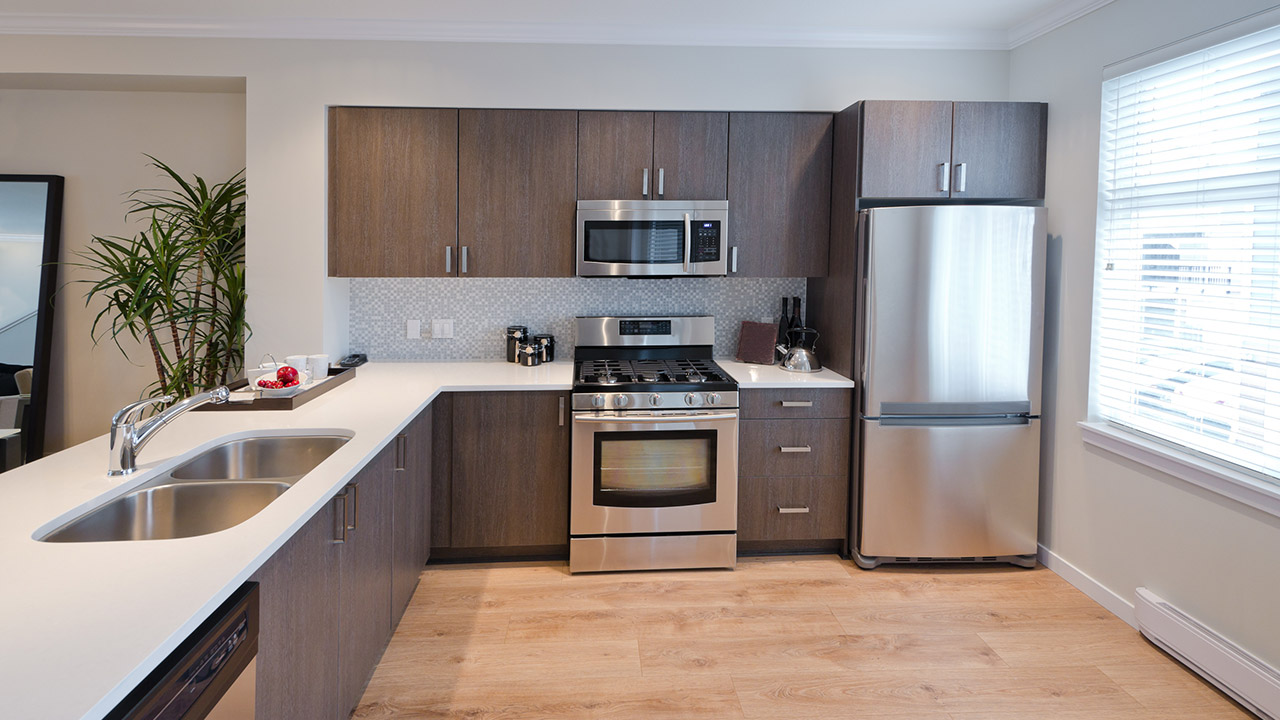Buying a house is an expensive endeavor, obviously. But when it comes to big a completely new home from a builder, there are plenty more costs that you’ll be responsible for that you wouldn’t necessarily have to cover with a resale.
Mortgage payments, homeowner’s insurance, property taxes, appraisals, legal fees, surveys, land transfer tax, moving costs, and utilities are typical expenses that would have to be paid regardless of the type of home you’re buying. But in addition to these, take into account the following expenses that you’ll need to factor into your overall budget when you buy a newly constructed home.

1. Fence
If you’re buying a new house, at some point you’ll probably have to fence in your backyard. While some neighbors might agree to leave the space unfenced (usually with very large yards), most new homeowners will likely want to enclose their outdoor space shortly after taking possession.
Depending on the type of fence that all the owners on the block agree to, this can be a pricey expense. The cheapest route is typically chain-link fences, which cost an average of $13 per linear foot. Wood fences are a little more expensive, at $16 per linear foot. If the consensus is to put in aluminum fences, the cost skyrockets to $40. Based on this last figure and 200 feet of aluminum fencing, for example, you’d be spending about $8,000.
2. Landscaping
When you move into a new home, odds are you’ll be greeted with nothing more than a pile of dirt on your property. Your home’s exterior might look great, but the responsibility is all yours when it comes to landscaping. Sure, the builder will likely sod your lot at some point, but beyond that, any landscaping you have in mind will have to be done by you.
Landscaping can be as simple or elaborate as you want. Planting a few bushes and flower beds should be affordable enough, but if you plan on installing interlocking stone pathways, water fountains, spotlights, or other high-end landscaping components, the bill will surely climb pretty quickly.
You can spend as little as a few hundred bucks for a simple design, to as much as tens of thousands of dollars for a much more detailed plan. Of course, the size of your lot will play a key role in the price as well.
In the world of landscaping, it’s generally advised to spend about 10% of your home’s value on your landscaping. Based on a home valued at $250,000, for instance, landscaping would cost around $25,000. Of course, you can choose to spend a lot less (or a lot more) based on your budget and your desires. Just know that you’ll need to set aside a good chunk of change to enhance your new home’s curb appeal.

3. Window Treatments
Unless you don’t mind a lack of privacy and no shade from the sun’s rays, you’ll need to install window treatments. When you get the keys to your home, the windows will be totally bare. It’s up to you to buy and install window treatments for every window in your new home.
If your windows are standard in size, you can probably find blinds that come in kits at your local home improvement store. These will come with everything needed to install them. But if the windows are not of standard sizes, you might have to have them custom fitted, which can be a lot more expensive. Depending on the quality of the material, blinds can cost anywhere between $4 to $8 per square foot.
If you plan on hanging drapes, you’ll need to buy and install curtain rods on top of the fabric. Curtains can range drastically in cost, from $7 to as much as $1,500 per panel and up, depending on the type and size of the fabric, style, construction quality, and brand name. Curtains made with lower-quality fabrics in stock sizes usually cost between $7 to $20 per panel.
You can always go the affordable route and buy pairs of panels at places like Walmart or Target for anywhere between $15 to $40 per pair. That might sound affordable, but when you multiply that by the number of windows your home has, the price can quickly soar.
4. Major Appliances
Appliances tend to come with resale homes, or are at least part of the negotiations. But when you buy a new home from the builder, appliances most likely won’t come with the deal. You’ll have to buy your refrigerator, oven/stove, dishwasher, microwave, washer, and dryer on your own.
Sometimes home builders may advertise included appliances as part of an incentive to get attention from buyers, but usually, brand new homes don’t come with these expensive items. In that case, you’re looking at spending an average of $5,000 to outfit your home with appliances.

5. Light Fixtures
Builders don’t usually leave light bulbs exposed, and will typically outfit new homes with a few light fixtures. But builder-grade fixtures are usually not the nicest looking things, and aren’t exactly the kind you likely would have picked out if you had the option. They also might not necessarily outfit every light socket with a fixture, such as those where wall sconces would go.
For this reason, you’ll have to buy your own lighting, including chandeliers, pendant lamps, sconces, ceiling fans with lights, and lamps. If you want pot lights, you’ll probably have to pay the builder a premium to have them installed. Same goes for any under-cabinet kitchen cabinet lighting.
The cost of light fixtures ranges considerably, but on average, you can be looking at spending in the hundreds or even the thousands of dollars to outfit your home with the light fixtures you desire. Remember that if you won’t be installing them yourself, you’ll have to tack on an extra few hundred to pay for labor.
The Bottom Line
There are plenty of perks that come with buying a new house. Since everything is brand new, there’s no wear and tear to have to worry about, and any repairs will be almost non-existent during the first few years. You’ll be given a blank canvas upon which to add your own finishing touches according to your specific tastes, instead of having to deal with what the previous owners put in. You’re also given the chance to choose your own layout that meets your needs.
But along with all the benefits comes the downfall of having to fork over a lot of money to cover all of these added expenses. Make sure you’ve factored them all into your budget to make sure you’re not in over your head when you agree to buy a brand new house.